Chemical Composition
| Grade | Copper Content (%) | Description |
| C11000 | 99.9% | Electrolytic Tough Pitch (ETP) |
| C10100 | 99.99% | Oxygen-Free High Conductivity (OFHC) |
| C10200 | 99.95% | Oxygen-Free (OF) |
Physical & Electrical Properties
| Property | Typical Value |
| Density | 8.96 g/cm³ |
| Melting Point | 1083°C (1981°F) |
| Electrical Conductivity | 97–100% IACS |
| Resistivity | ~1.68 µΩ·cm at 20°C |
| Tensile Strength | 200–400 MPa (based on temper) |
| Elongation | 15–45% |
| Thermal Conductivity | ~385–400 W/m·K |
| Modulus of Elasticity | ~110–128 GPa |
Types of Copper Wire
Based on Form
- Solid wire: Single strand, used in fixed installations
- Stranded wire: Multiple strands twisted together, more flexible
- Braided wire: High-flex applications, shielding
- Flat wire: For ribbon cables or specific engineering uses
Based on Insulation
- Bare Copper Wire: No insulation
- Tinned Copper Wire: Coated with tin for corrosion resistance
- PVC/XLPE Insulated Wire: Used in power cables
- Enameled Wire (Magnet Wire): Coated with thin insulation for motors, transformers
Sizes and Gauges
Copper wire is standardized by AWG (American Wire Gauge), SWG (Standard Wire Gauge), or mm² (cross-sectional area).
| Example Sizes | Diameter (mm) | Ampacity (approx.) |
| 22 AWG | 0.64 mm | 7 A (short runs) |
| 14 AWG | 1.63 mm | 15–20 A |
| 6 AWG | 4.11 mm | 55 A |
| 1/0 AWG | 8.25 mm | 150 A |
Ampacity depends on insulation, temperature, and installation conditions.
Manufacturing Process
- Casting of high-purity copper
- Hot rolling and drawing into rods
- Cold drawing to reduce diameter
- Annealing to soften (if needed)
- Stranding or braiding
- Insulation coating (optional)
- Winding or spooling
Applications
Electrical & Electronics
- Power cables
- Wiring in buildings and panels
- Motors, generators, transformers
- PCB tracks (enameled wire)
Telecommunication
- Coaxial cables
- LAN cables (Cat5/Cat6)
Automotive & Aerospace
- Battery cables
- Wiring harnesses
Industrial & Renewable Energy
- Busbars
- Wind turbines
- Solar panel wiring
Advantages of Copper Wire
- Highest electrical conductivity among non-precious metals
- Excellent corrosion resistance
- High thermal conductivity
- Good ductility and formability
- Compatible with soldering
- Long service life
International Standards
| Standard Body | Code / Description |
| ASTM | B3 (soft or annealed), B8 (stranded) |
| IEC | 60228 (conductor sizes, classes) |
| IS | IS 8130 (Indian standard for conductors) |
| UL/CSA | UL 83, UL 758 for insulated wires |
| BS | BS 6231, BS 6004 |
| JIS | JIS C3102 (Japanese standard) |
Common Wire Labels & Classifications
- Class 1: Solid conductor
- Class 2: Stranded conductor
- Class 5: Flexible conductor
- Class 6: Extra-flexible conductor
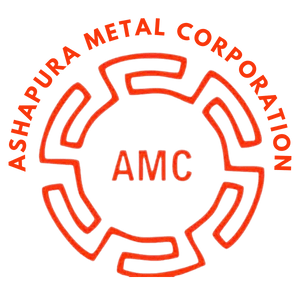

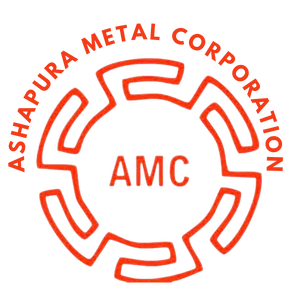
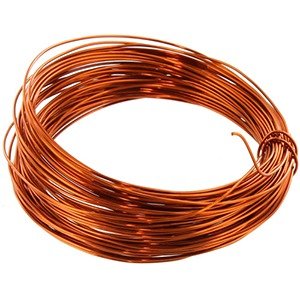
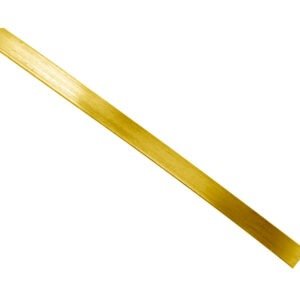


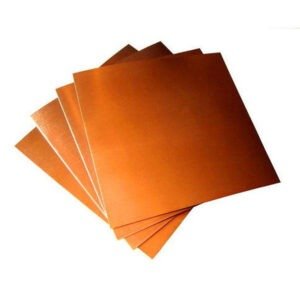
Reviews
There are no reviews yet.